40 Years of Squier: how Fender’s budget brand conquered the world
Four decades on, we look back at the birth of Squier and Fender JV, and why Fender decided to go big in Japan...
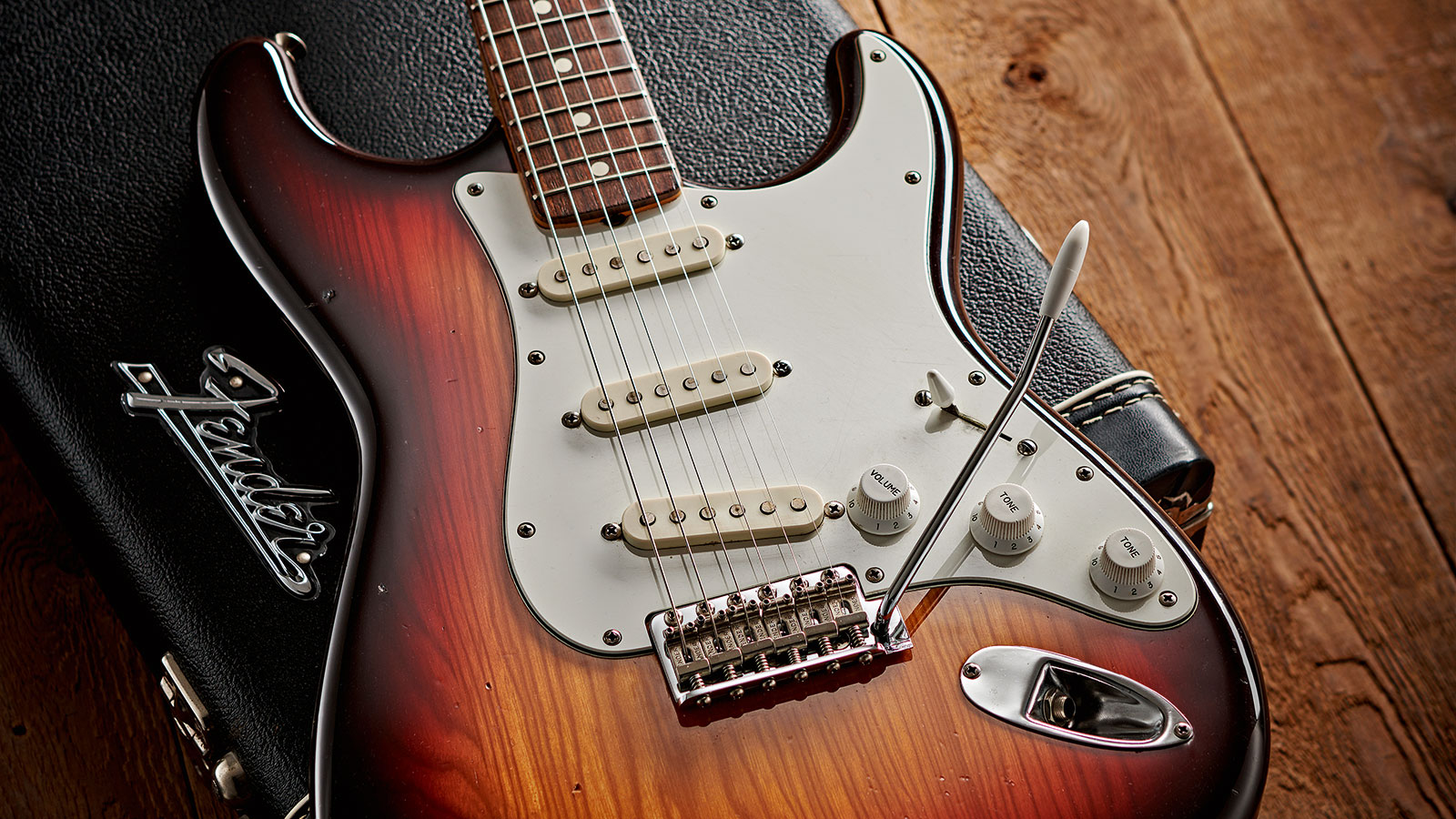
In the early 1950s, Fender was in the vanguard of innovation, revolutionizing the guitar world with a new wave of solidbody electric instruments that stood, as usurpers, on turf that Gibson and Gretsch thought belonged forever to the hollowbody archtop.
In fact, Leo succeeded so well in popularizing the solidbody electric guitar, that only 30 years later his designs were being copied extensively by guitar manufacturers in Japan – who built their clones so diligently they began to seriously threaten Fender’s share in the market they had created.
The prognosis didn’t look great. At the start of the 1980s, during the final years of CBS ownership, quality control was faltering in Fender’s US factories, and Fender had a hill to climb in convincing guitar buyers that its flagship American instruments were still worth buying.
And while Fender made effective moves to fix those problems with the help of a trouble-shooting team drafted in from Yamaha, notably including Dan Smith, the Californian company was still left with the problem of what to do about the rising threat from Japanese brands such as Tokai and Greco.

If you can’t beat them...
Fender’s answer was very much from the ‘if you can’t beat them, join them’ school of thought. In March 1982, Fender inked a business agreement with Japanese distributor Yamano Gakki and wholesaler Kanda Shokai, establishing a joint venture to manufacture and sell Japanese-built Fender guitars.
Since Kanda Shokai owned the Greco brand, the deal neatly halted the threat posed by Greco-badged Fender copies from that moment on.
It was soon realized that Japanese-built Fenders had a character and clean-lined beauty of their own
What followed was a minor renaissance in Fender guitar making, and it was soon realized that Japanese-built Fenders had a character and clean-lined beauty of their own – while the cost-saving, at that time possible by building guitars in Japan, gave Fender a competitively priced offering that was a bona fide official Fender product but which could go toe to toe on price with the remaining ‘clone’ competition.
Get The Pick Newsletter
All the latest guitar news, interviews, lessons, reviews, deals and more, direct to your inbox!
With Fender Japan guitars being sold to the domestic market in Japan, Fender created a sub-brand to sell what were effectively the same guitars in Europe. The brand was called Squier and its first products became known as Japanese Vintage or ‘JV’ models.
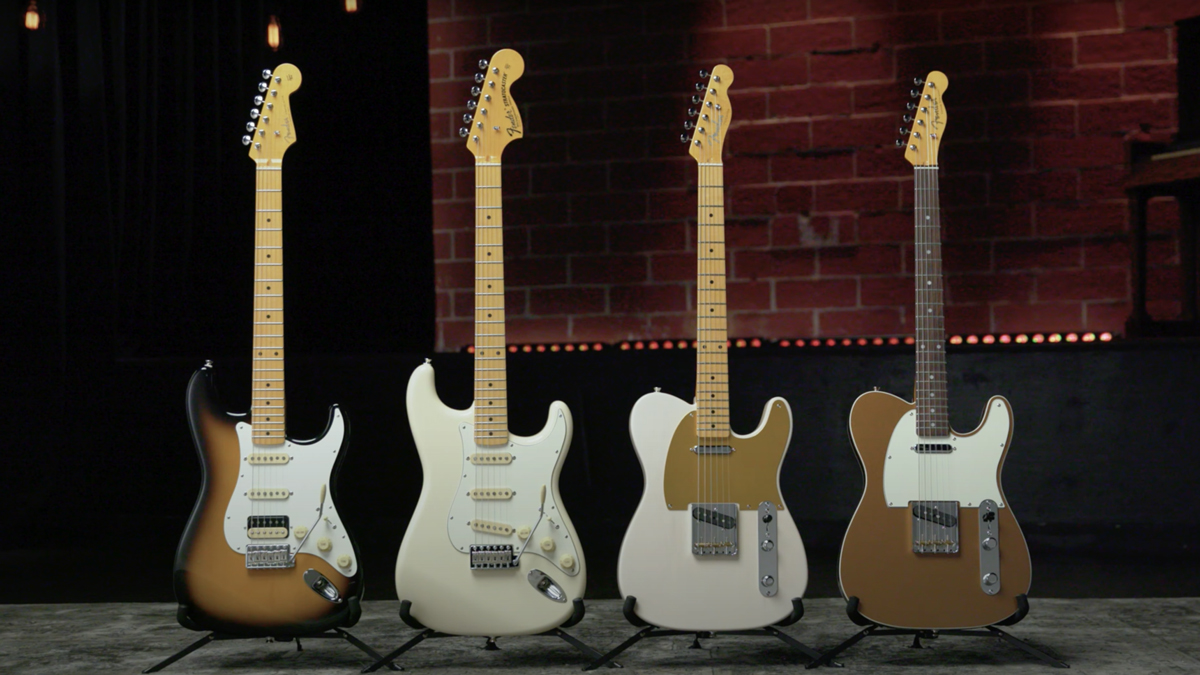
In the following piece, we take a look at two new JV electrics from Fender, stunning anniversary models from Squier itself, and explore some of the incredible Japanese-market Fenders that have been created since 1982. But first, it’s time for a little bit of Squier history...
As the 1970s came to a close, Fender was in trouble. It was suffering from increased costs, especially in manufacturing, and a sagging reputation for quality control. Alongside that, Japanese makers were offering ever more serious competition.
Simply and starkly put, Fender was in a mess and needed to find a way out.
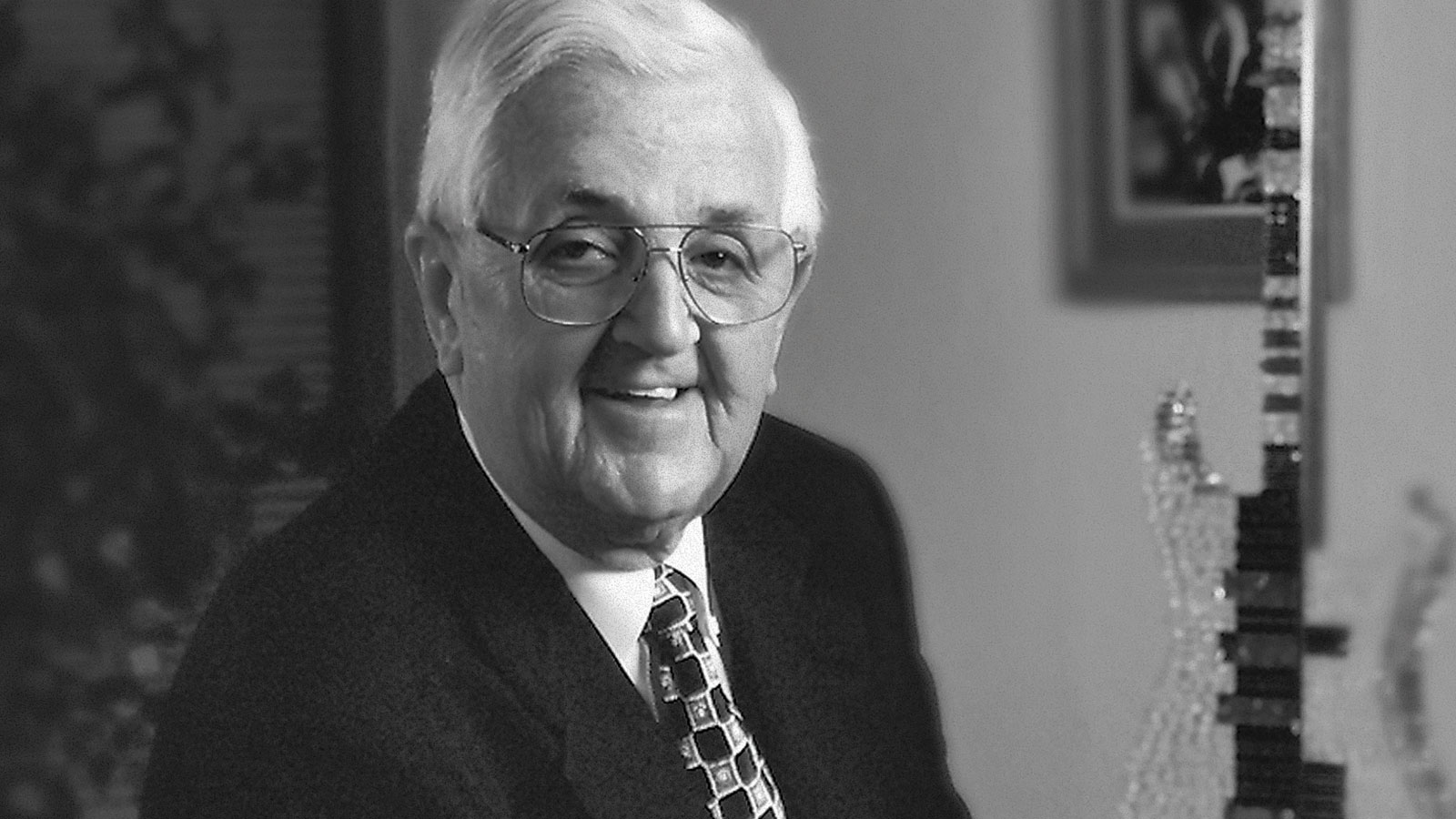
Under new management
In 1981, Fender’s owner, CBS, took a first step, bringing in new management from the American musical-instruments division of Yamaha. John McLaren became the new overall head of CBS Musical Instruments; Bill Schultz was the new president of CBS’s Fender/ Rogers/Rhodes division; Dan Smith became director of marketing electric guitars; and Roger Balmer came in from Music Man, though he, too, was ex-Yamaha, and he became head of marketing and sales.
From within, CBS’s chief financial officer of the instruments division, Bill Mendello, relocated to California and based himself at Fender. These key managers would guide the troubled firm through the tricky years ahead.
I told CBS that Fender had about 15 per cent of the worldwide Fender-type market, and that this was declining
Roger Balmer recalled an early presentation he made to CBS bosses:
“I told them that Fender had about 15 per cent of the worldwide Fender-type market, and that this was declining. The other 85 per cent was a variety of Fender copies and Fender-like products.
“Before we came along, Fender’s strategy to deal with this was legal, run by their lawyers. But it just wasn’t getting the job done. The results were not coming – we were losing. I said that no sports team or company can hope to succeed playing only defense in its home market, and that we had to go on to the offense at home and internationally.”
It was clear that Japanese firms made their biggest profits at home in Japan. Balmer’s suggested offensive had Fender looking to sell Japanese-manufactured Fender- brand products in the Japanese market at prices below copyists such as Tokai and the rest.
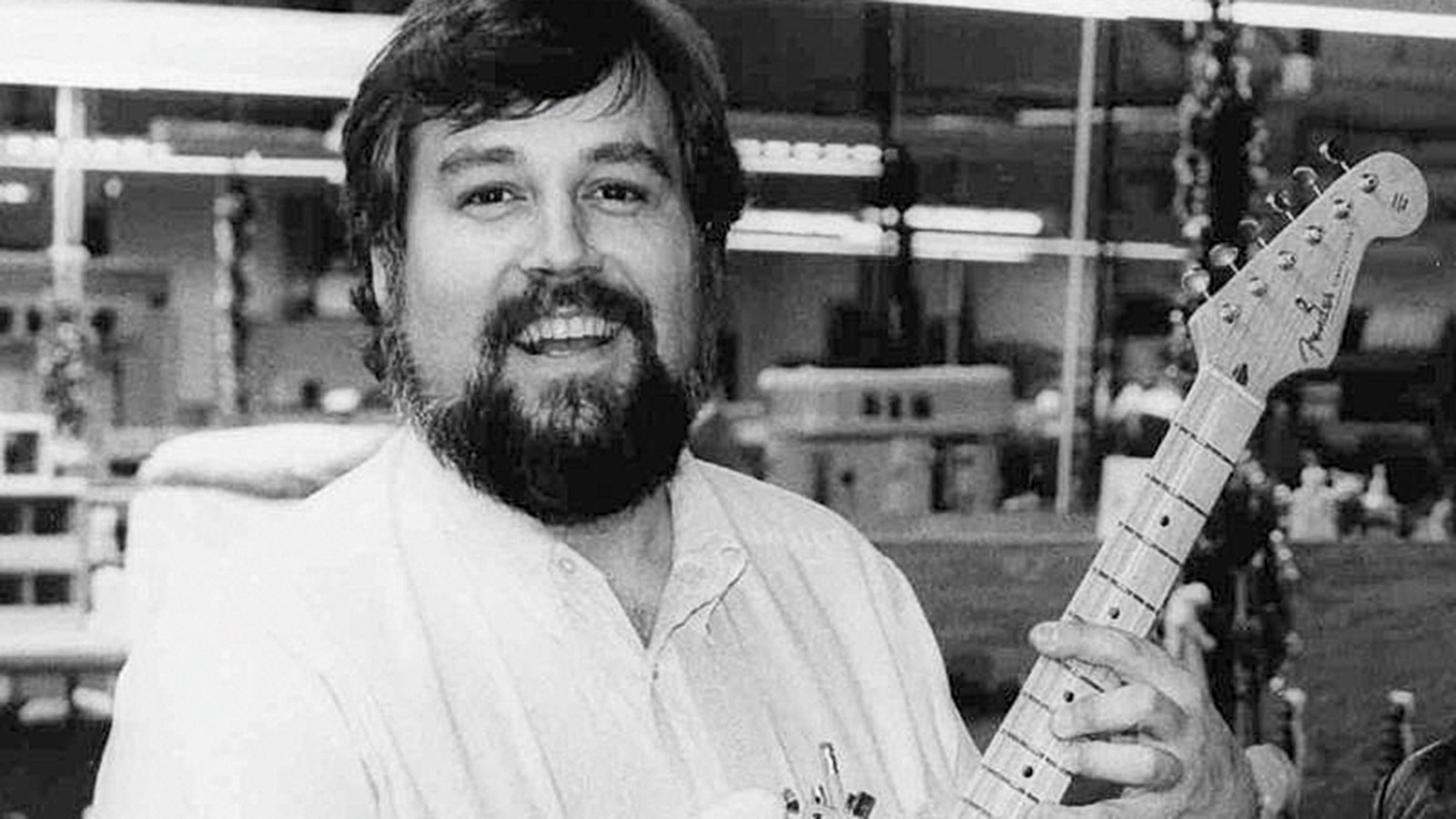
The idea was to diminish their business in Japan, which would force them to raise prices abroad after they had to lower prices at home to be competitive.
“Our ultimate goal,” Dan Smith said, “was to force them to stop copying us and to develop their own unique products.” Fender decided to make reissues of the original guitars that the Japanese copyists had targeted, in order to recreate the guitars and basses from the firm’s golden years in the 1950s and 60s.
Fender planned to make its new Vintage series not only in the USA but also in Japan, exclusively for sale there. A new joint venture was set up – Fender Japan – and Fender chose the Fujigen factory in Matsumoto as its Japanese manufacturer. Fujigen was well placed for the task, having made the well-rated Greco copies alongside other quality instruments for brands such as Ibanez.

US-made Vintage models did not appear until 1983 thanks to problems at Fender’s Fullerton plant. But the first Fujigen-made Fender Vintage models were in Japanese shops around May 1982. Dan Smith and his colleagues at Fullerton saw samples well before American production started.
“Everybody came up to inspect them,” Smith said, “and the guys almost cried because the Japanese product was so good. It was what we were having a hell of a time trying to do.”
Japan and beyond
Following Fender’s announcement of its new Vintage series in 1982, Martin Fredman, the sales and marketing director at CBS/Fender, wanted something more accessible in the same vein. Ivor Arbiter had started CBS/Fender in England in 1973, and by the early 80s it was wholesaling Fender products to dealers in the UK, Germany, the Netherlands, Belgium, and Luxembourg.
The Squier name was conveniently to hand as one that Fender already owned – since CBS acquired the VC Squier string-making firm back in 1965
Martin Fredman figured that Fender ought to be making a similar but cheaper line because there were so many others out there making budget-price copies. “Tokai were the main instigators,” he remembered. “They were copying the Fender range as a whole and selling it cheaper.” He told Fender’s boss that Fender itself should be doing this, that it should, in effect, be copying itself.
A solution was right in front of Fender’s eyes. The firm’s long-standing Fullerton factory in California had its problems and, among other things, seemed incapable of producing a cheap, decent guitar. But here was this new Japanese-made Vintage line.
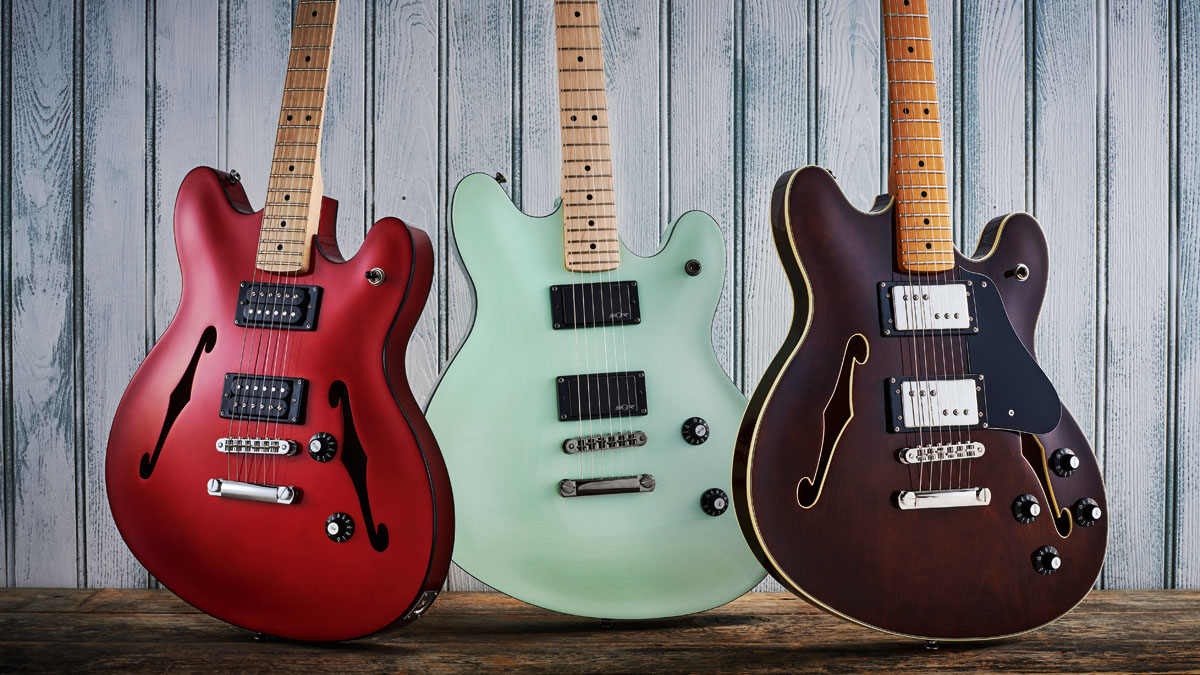
The deal with Fender Japan was that its guitars would be sold only in Japan. But could they be sold elsewhere? The idea that developed was to produce some less expensive models in the Fender Japan line, that had an identifying logo, and to promote these as a separate line – at first only in Europe, to meet the demand there.
The addition to the headstock typography would be a simple ‘Squier Series’ logo on the tip. The other wording would remain as on the other Fender Japan models. The Squier name itself was conveniently to hand as one that Fender already owned – since CBS acquired the VC Squier string-making firm back in 1965 when it bought Fender and its associated companies.
A star is born
At the Fujigen factory in Japan, the first run of the new Fender Squier Series vintage reissues went into production toward the end of April 1982, set for export from Japan to Europe and produced by the new Fender Japan alliance. There were six models: two Stratocasters (maple-neck ’57-style; rosewood- ’board ’62); a ’52 Telecaster; two Precision Basses (maple-neck ’57; rosewood-board ’62); and a ’62 Jazz Bass.
A couple of months later, the first Fender Squier Series instruments reached European outlets. CBS/ Fender in the UK pitched the Fender Squier Series ’57 Stratocaster at £223, the ’62 Strat at £230, ’52 Tele at £198, ’57 P-Bass at £213, ’62 P-Bass at £221, and the ’62 Jazz Bass at £223.
Not coincidentally, these prices were almost exactly the same as the cheapest Tokai copies. The cheapest US-made Fender Stratocaster listed at £436, making the Squiers about half the price. And, not least, the Squier guitars offered the only way for a European guitarist to buy a new vintage-look Strat, Tele, P-Bass or Jazz.
It got to the point where we were told as salesmen not to take any more orders because we had so many on back order
Graeme Mathieson
Graeme Mathieson, a district sales manager at CBS/Fender, recalled: “When they came into the stores, it was absolutely unbelievable. Everybody was prepared to slag them to bits because it’s a Japanese Fender – and what’s that all about? But when they played them, everybody just said, ‘These are better than the American guitars.’ It got to the point where we were told as salesmen not to take any more orders because we had so many on back order – and we weren’t selling anything else.”

Squier by Fender
A small change since afforded importance by collectors came when Fender altered the logos on the early Squier headstocks. The Japanese wanted to keep the big Fender logo and lose the Squier, to match its existing Vintage models. The Americans wanted a big Squier logo and a small Fender, presumably to minimize the effect they figured a Japan-made guitar might have on the main brand’s reputation. The Americans won.
“There had to be some differential to make people realize these weren’t the authentic American product,” Martin Fredman at CBS/Fender said, “but that they were getting something made under the auspices of Fender. They just wouldn’t pay so much money for it.”
The revised Squier Vintage models rolled off the Fujigen line around July 1982 and soon reached Europe. They were the same guitars with this simple change. Now, there was a large ‘Squier’ logo in a vintage spaghetti-like font where ‘Fender’ had been.
Underneath, a small line added ‘Made In Japan’. Under the model name, to the right, was a ‘by Fender’ logo. And with this, the Squier By Fender brand was properly under way.
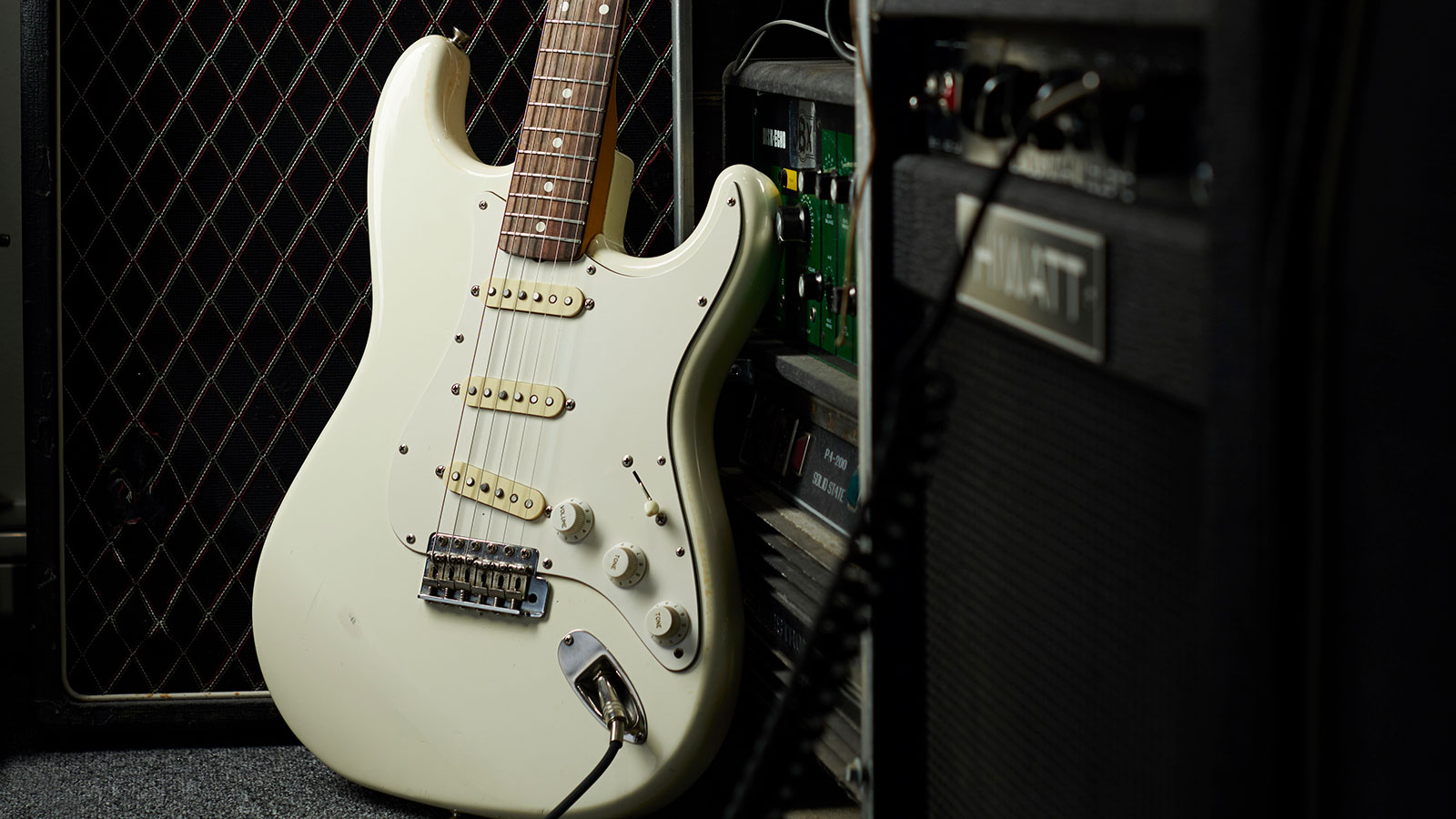
Made in Japan, sold in the USA
The next move at Fender in California was to try selling a made-in-Japan guitar in the United States. Times were still hard: Fender had yet to turn around the factory at Fullerton, and it was not showing the profits CBS wanted.
The new Squier series sold like hot cakes. That’s what really made Squier its own brand
“We were running out of time,” Dan Smith said. He sold his immediate boss, Bill Schultz, on the idea of using the features from what he called “the most disliked Fender guitar” for a Japanese-made Squier that Fender could sell in America.
That “disliked” guitar was the three-bolt big-headstock Strat, a modified model originally introduced by CBS back in 1971. Fujigen proved its reputation for quality by producing a good new version, modifying the criticised three-bolt joint so that it now provided a sturdy fit.
When Smith visited American dealers to introduce this new made-in-Japan Squier, the reaction was that it seemed okay, but that it wouldn’t have much impact on Fender USA products.
“Boy, were they wrong,” he recalled with a smile. “Me, too. The new Squier series sold like hot cakes. That’s what really made Squier its own brand, and that’s what really told us it could be its own brand – when we started to market it in the United States.”
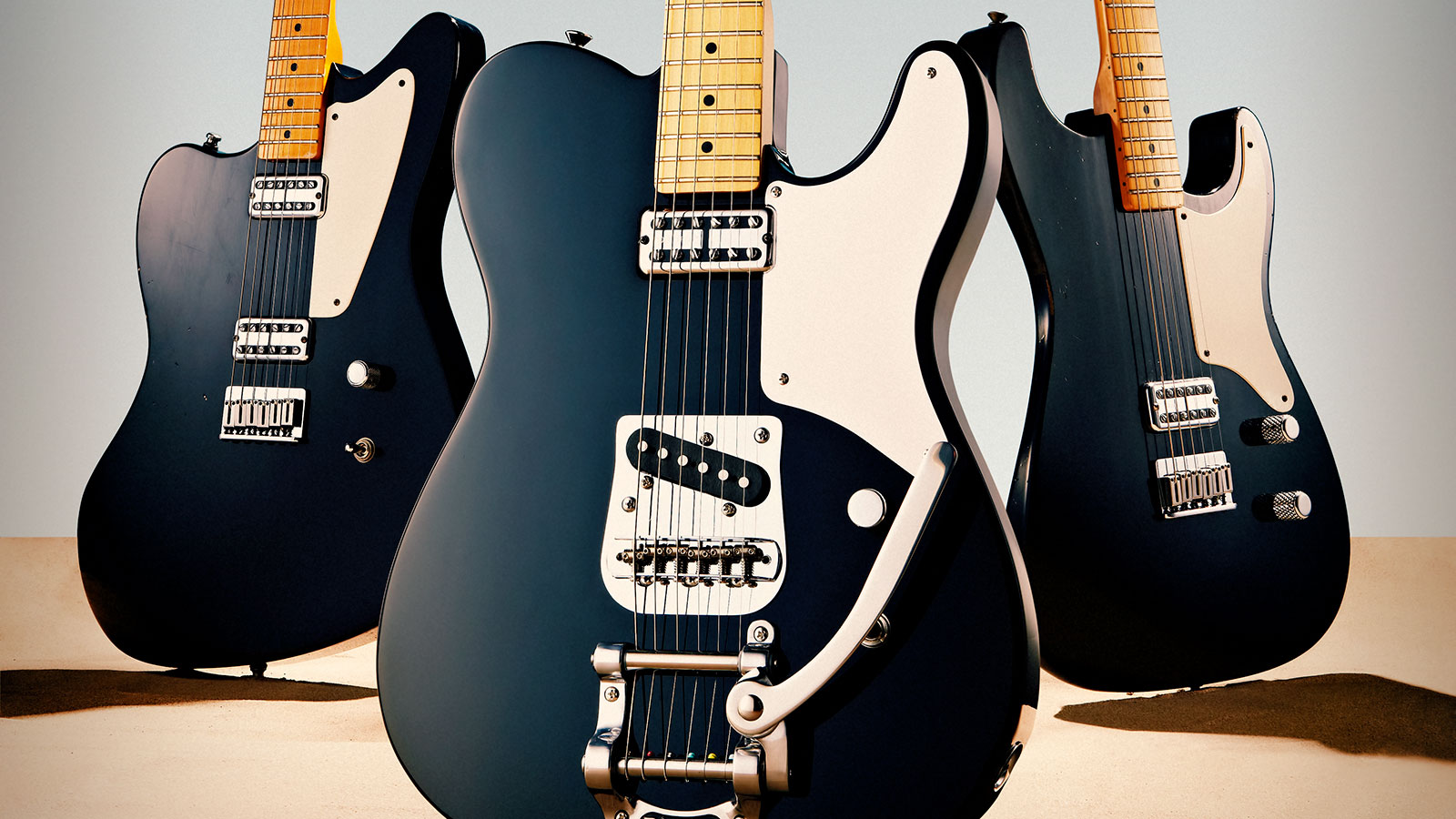
CBS sells Fender
The success of the new Squier guitars was undermined by CBS’s continuing disappointment with Fender’s general performance. And in 1984, CBS decided to sell Fender.
To us it was a way to compete in the world. It’s not only a low-price brand, it’s a value brand
One trade estimate put sales of Fender’s guitars down by 50 per cent during the early 80s.
“CBS does not report financial statistics for its division separately,” the San Francisco Chronicle explained, “but attributed an $8.3 million [CBS] Group operating loss for the third quarter of 1984 in part to ‘continued losses in the musical instruments business’.”
Eventually, early in 1985, CBS confirmed it would sell Fender to “an investor group led by William Schultz, president of Fender Musical Instruments”.
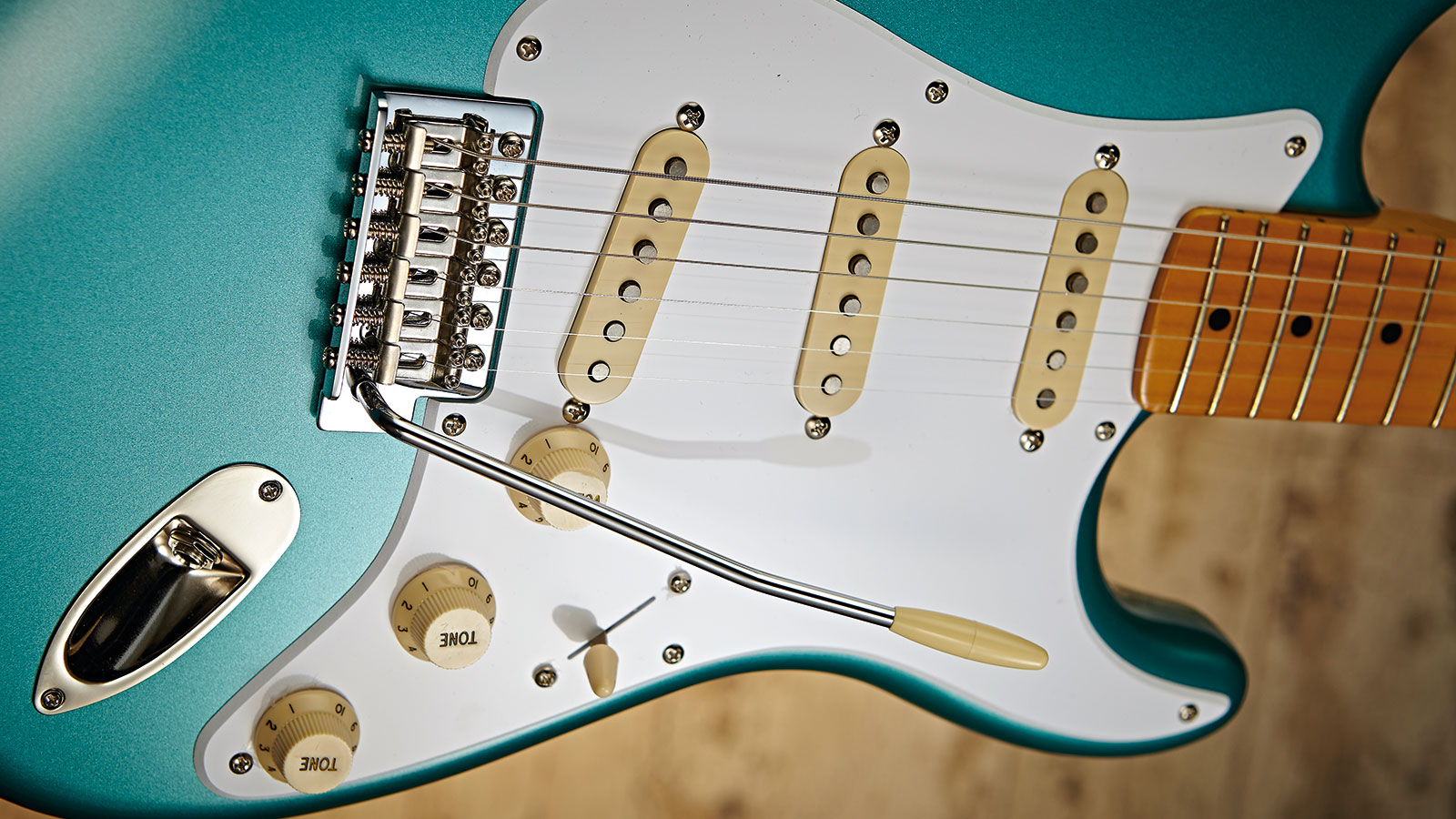
The contract was formalized in February and the sale to the existing management was completed in March, for $12.5 million. Despite this upheaval, it’s impossible to ignore the significance of Fender’s creation of Squier.
It offered Fender a true parallel brand, which set in motion a shift that proved the company could compete at the budget end of the guitar market. Perhaps most significantly in business terms, it would lead beyond the gradual recovery following the CBS sale to Fender becoming the international manufacturer it is today.
“Most people look at Squier as a low-end Fender,” Bill Mendello said. “It is, but to us it was a way to compete in the world. It’s not only a low-price brand, it’s a value brand. We felt competitiveness was critical to our success. For a long time we tracked it, and we were selling more Squier units than any electric guitar brand in the world. It’s probably still true today.”










